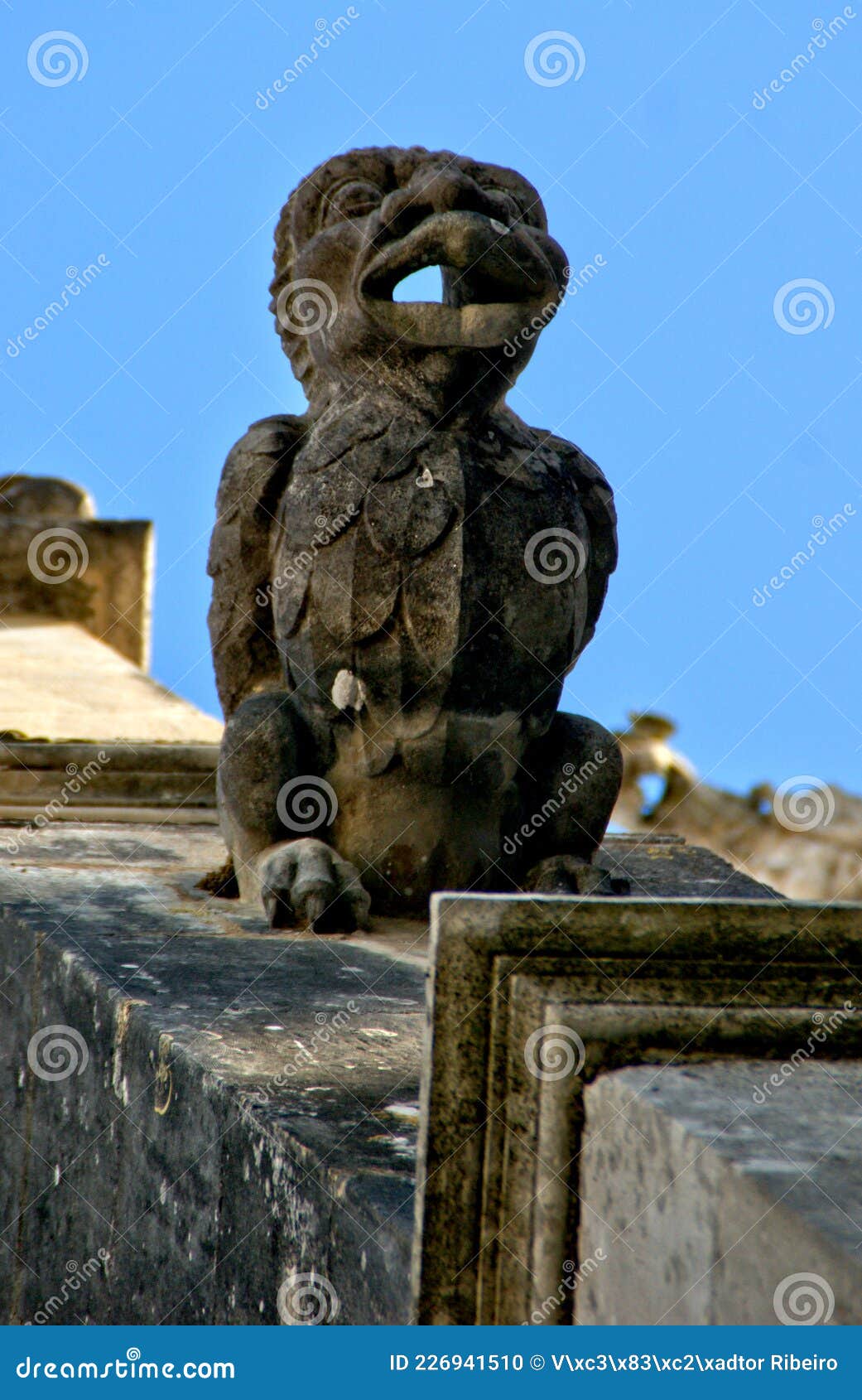
That is precisely what, as an architectural element, the gargoyle is in charge of: a gargoyle collects and then expels water away from the roofs and walls of the building. In fact, the French word gargouille is a derivative of the verb gargouiller, which in turn derives from the Greek gargarizó: to gargle. It is by no means a medieval invention: Egyptians, Greeks and Romans used them in ancient times, in order to prevent moisture from destroying their ceilings. Subscribe To Courageous Christian Father!ĭon’t miss any blog posts! Subscribe today! You can subscribe via WordPress or by entering your email! Thank you! Follow Courageous Christian Father on WordPress.A gargoyle is simply the protruding part of a pipe that serves to deflect water that would otherwise accumulate on a roof.

Is there anything you wish to share that I didn’t share? Feel free to share that in the comments below. Now you know a little bit more about these creatures. MentalFloss shared that Pittsburgh, PA is known as a hotspot for gargoyles, being called “Downtown Dragons.” However, these architecture wonder can be dated to ancient Egypt. Said to bring fear to parishioners and even brought pagans to church. One such church is Notre Dame Cathedral (Cathédrale Notre-Dame de Paris) in Paris, France. Yes, you can find these on top of some churches, especially the Catholic Church. The word gargoyle is French word gargouille, which means “throat” or “gullet.” As shared by Wonderpolois.

Besides keeping rainwater off of buildings, it was also used as decorative pieces.

These carved architecture structures were usually carved out of granite. The falling rain on the gargoyles made a gargling sound as they repelled away from the building.ĭoing some digging, WikiPedia says in Gothic architecture, a gargoyle is a carved or formed grotesque with a spout designed to convey water from a roof and away from the side of a building.

The main purpose was to keep rain water off of the buildings.


 0 kommentar(er)
0 kommentar(er)
